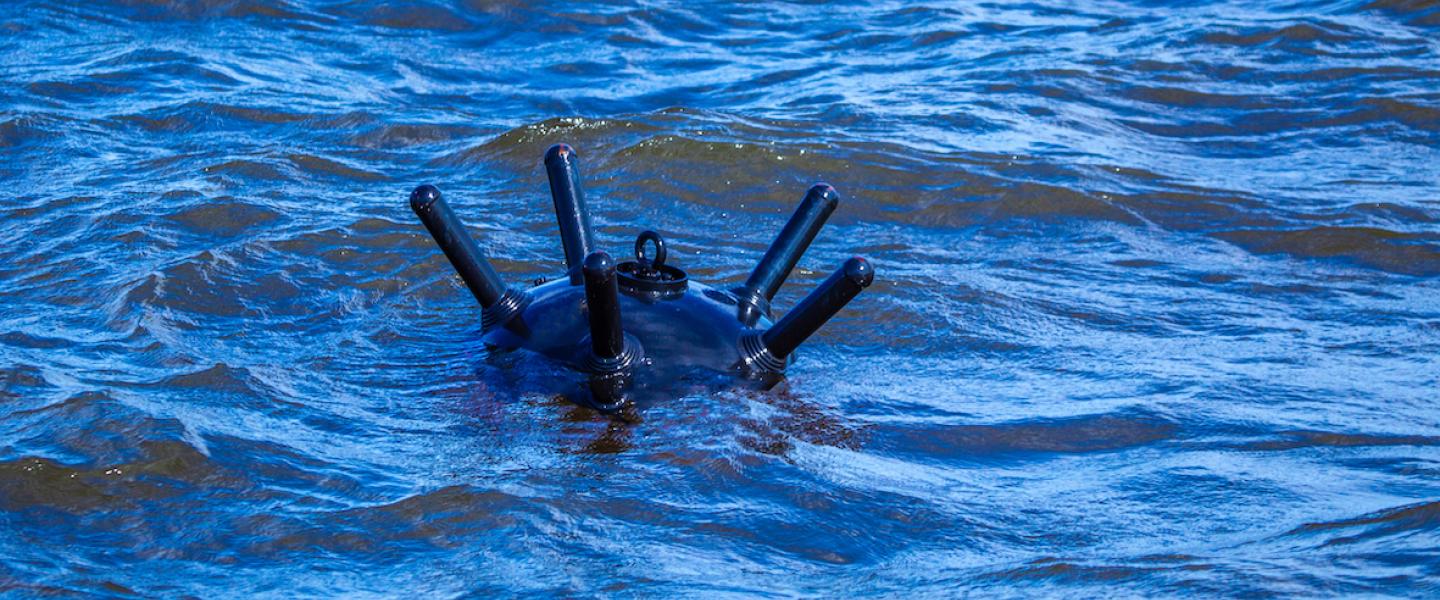Seafarers stranded in the Black Sea. Blockade, mines and limited prospects for guaranteed safe evacuation
While many seafarers who found themselves in Ukrainian territorial waters and ports managed to be evacuated shortly after Russia launched a ‘special operation’ in Ukraine on the 24th February 2022, others remain stranded on board their ships, unable to leave as widely confirmed by the recent Human Rights at Sea mission to Odesa, as well as by the International Chamber of Shipping and ITF.
Those unable to leave have been caught in the hostilities and have been the subject of indiscriminate air attacks in and around Odesa port.
Merchant vessels flagged under neutral states, meaning states other than Ukraine and Russia, have been the subject of military targeting, and one seafarer has already died as a result of an indiscriminate attack. Furthermore, in a flagrant violation of the laws of war, the Russian navy has reportedly used a Panamanian cargo ship as a human shield to secure the movement of its warships off the port of Odesa.
It is now estimated that more than 140 merchant ships with in-excess of 1000 crew are stranded in and around Ukrainian ports in dire circumstances, while provisions on board these vessels are running low in increasing numbers of cases.
Russian warships have blocked all ingress and egress into the major ports of the Sea of Azov and the Black Sea, arguably imposing a blockade without however expressly stating so. An effective blockade is, however, a question of fact, irrespective of it has been characterised as such by the imposing navy.
In response to this humanitarian crisis affecting the security and welfare of the estimated 1000+ seafarers, the International Maritime Organization (IMO) held an extraordinary session of its Council (C/ES.35) to address the impacts on shipping and seafarers of the situation in the Black Sea, the Sea of Azov and the Kerch Strait. Among what was decided were the following:
The establishment of a blue safe maritime corridor
The IMO decided as a provisional and urgent measure to work with both Russia and Ukraine and relevant littoral states to establish a blue safe maritime corridor to allow the safe evacuation of seafarers and ships without being attacked from the high-risk and affected areas in the Black Sea and the Sea of Azov to a safe place.
Mines. How safe are “blue safe maritime corridors”?
Even in the case whereby Russia and Ukraine agree to allow for a maritime corridor to be created for the purposes of evacuating seafarers, there is a significant risk to seafarer’s life with the confirmed existence of mines in the Black Sea.
At the time of writing, between the 25-28 March 2022, three mines have been located and dealt with by Romanian and Turkish naval assets, including in the upper Bosphorus Strait.
The Russian security service recently reported that ”due to wind and water currents, the mines are drifting freely in the western part of the Black Sea.” This has, however, been subject to challenge for deliberate disinformation.
Members of INTERCARGO have also reportedly detected drifting mines in the North-Western, Western and South Western Black Sea, urging mariners to navigate with caution.
The existence of sea mines means that any evacuation via blue safe corridors cannot guarantee the seafarers’ safety unless the mines are securely neutralised. Neutralisation of mines usually takes place after a conflict finishes, and requiring specialist mine clearance vessels can take a long time.
Crucially, however, international law requires both Ukraine and Russia to record the locations of mines laid by each party, and those mining operations should provide for the free exit of shipping of neutral states.
In short, merchant vessels should be able to leave the waters of Ukraine and Russia with safety and resume commercial activity.
Humanitarian land corridors as an alternative
If the presence of mines makes evacuation via the sea non-viable, the IMO called for the alternative establishment of humanitarian corridors for seafarers that will allow them to leave the conflict zone and return home, as appropriate. This means that seafarers currently onboard the ships docked in Ukrainian ports will have to disembark and join the ordinary humanitarian corridors. Again, this is not without risk either, as humanitarian corridors have reportedly been attacked. Therefore, the seafarer’s personal safety and right to life cannot be guaranteed.
Other measures
While the evacuation of the remaining seafarers in ports is of priority, the IMO also stressed the importance of minimising any further suffering to seafarers and their families around the world.
It has called for states to ensure that seafarers can access their wages, are free to move and, most importantly, requested port authorities to show understanding if a seafarer does not have their documentation updated, given the exceptional nature of the situation.
Human Rights at Sea Comment
Human Rights at Sea welcomes the IMO’s decision and the efforts at UN level to provide relief to seafarers and their families. Any evacuation efforts of those stranded on board ships should, however, be undertaken with the utmost care.
Further, it is reminded that civilians, like seafarers, are protected in International Humanitarian Law from direct attack.
Any direct attack against civilians constitutes a war crime.
War Crime definition: https://www.un.org/en/genocideprevention/war-crimes.shtml
ENDS.
Contact: enquiries@humanrightsatsea.org
